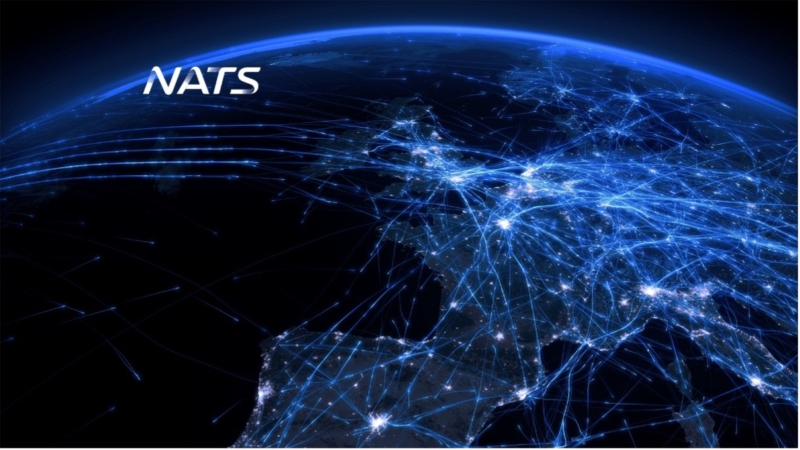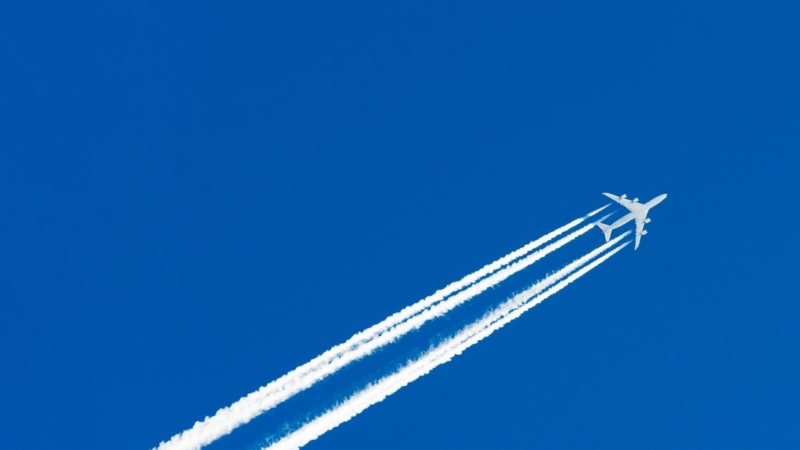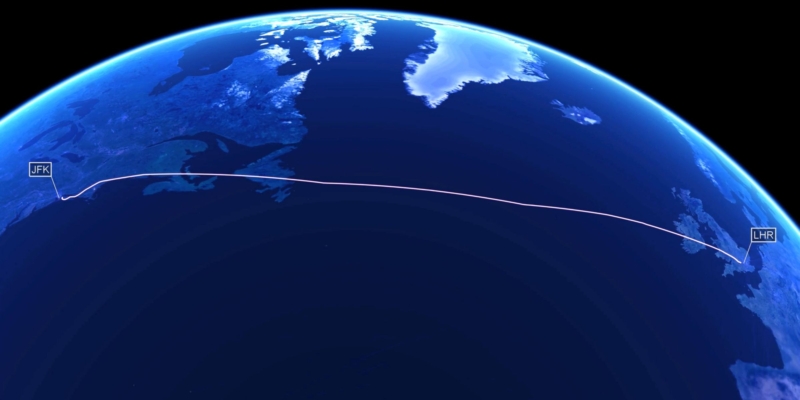Working in partnership to support Free Route Airspace
15 December 2023Collaboration has always been a central principle to advancing aviation. That’s why for a number of years NATS has been actively participating in the Borealis Alliance’s Free Route Airspace (FRA) Programme. During this time Air Navigation Service Providers (ANSPs) from a number of different states (including EU and non-EU) have been working together to maximise the benefits that FRA can bring.
When it comes to improving the performance and efficiency of air traffic management the potential benefits are exponentially increased when we work in partnership with our adjacent ANSPs. The Borealis Alliance covers the airspace of nine countries and provides air traffic services for 3.5m flights a year. Together Borealis members make up Europe’s major transatlantic gateway, responsible for 38% of European airspace. In such a large volume of airspace it’s easy to see why the efficiencies FRA brings, by ensuring aircraft can take their preferred trajectory and fly a shorter distance from their origin to destination in high-level airspace, can reap significant environmental improvements.
NATS benefited from co-funding from the European Climate, Infrastructure and Environment Executive Agency (CINEA), as part of the Single European Sky initiative, and has achieved major milestones since we started all those years ago.
The first part of the project was delivered in 2021 when NATS implemented the biggest airspace change ever undertaken in the UK, introducing FRA across Scotland. This area of airspace accounts for roughly one third of UK airspace, handling up to 2,000 flights a day. This is already significantly reducing fuel burn, flight time and CO2 emissions for airlines using the airspace. By removing route structures above 25,000ft and allowing aircraft to plan and fly their optimal route considering things such as weather and windspeed, this deployment alone enables a forecast reduction of up to 12,000 tonnes of CO2 per year. Just one of the many changes NATS has implemented to modernise the UK’s airspace in support of reaching net-zero aviation by 2050.
As part of the CINEA funding, we have also developed new capabilities for one of our main computer systems, iTEC (Interoperability through European Collaboration). The improvements will give the system additional capability to send and receive aircraft routing information with our adjacent ANSPs and eliminate the need for predefined waypoints along an airspace boundary to be part of airspace design. Instead, an aircraft will be able to enter or exit UK airspace based on the most efficient route, reducing unnecessary extra track milage flown and emissions.
We have recently completed our testing and integration process for iTEC alongside our supplier. As with all our complex systems, safety is at the core of any new implementation and completing this milestone successfully showed that with the enhanced capability, all systems were interacting together correctly. This takes us forward to further testing through our validation activities and marks a big step towards implementing our transition strategy across the Prestwick and Swanwick air traffic control centres in the future. Cross border FRA is a key milestone on the road to a Single European Sky and will make it possible to meet the demands of airspace users into the future. Once fully implemented at European level, Eurocontrol forecast a reduction of some 20m tonnes of CO2 emissions compared to today. That’s an opportunity we can’t ignore. Thanks to the value and shared knowledge brought by working together across borders, we’re excited to play our part in delivering it.

Comments
Please respect our commenting policy and guidelines when posting on this website.



